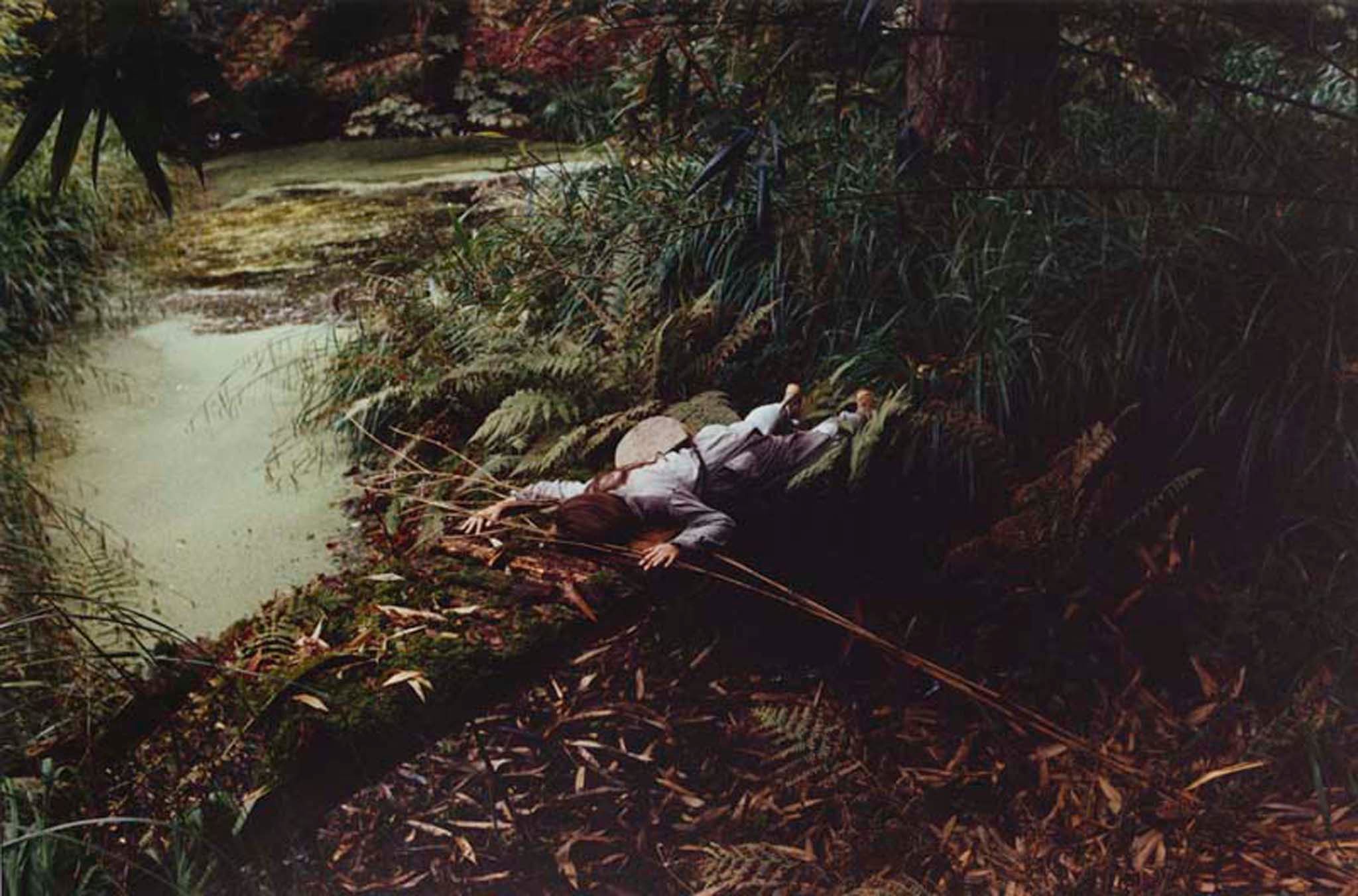Uncertain States: Cat Stevens joins annual photographic exhibition at The Bank Gallery
The exhibition celebrates the opportunity to alter scale and offers the viewer a different perspective

Your support helps us to tell the story
From reproductive rights to climate change to Big Tech, The Independent is on the ground when the story is developing. Whether it's investigating the financials of Elon Musk's pro-Trump PAC or producing our latest documentary, 'The A Word', which shines a light on the American women fighting for reproductive rights, we know how important it is to parse out the facts from the messaging.
At such a critical moment in US history, we need reporters on the ground. Your donation allows us to keep sending journalists to speak to both sides of the story.
The Independent is trusted by Americans across the entire political spectrum. And unlike many other quality news outlets, we choose not to lock Americans out of our reporting and analysis with paywalls. We believe quality journalism should be available to everyone, paid for by those who can afford it.
Your support makes all the difference.Look across the road from London’s Whitechapel Gallery and a huge Ophelia-like photograph beckons to you. Cat Steven’s tiny photographic print ‘See’ on display inside at UCS’ Fifth Annual Show, has been blown up 10 feet wide.
The opportunity to alter scale, together with the belief that photographers need to get out there, instead of being relegated to ‘the attic of doom’, as UCS co-founder David George puts it, is one reason the collective, Uncertain States, hangs an annual exhibition to complement its quarterly broadsheet of the same name.
‘The annual exhibition is about allowing a different perspective,’ says David George. ‘Seeing a photograph on a wall, blown up large or small, alters a viewer’s relationship to it.’
UCS’ commitment to the artistic cause is in their founding statement: ‘To provide a platform for work that reflects some key social and political concerns and to challenge how perceptions are formed in society… to be part of the ongoing dialogue of what photography is today.’
Dialogue matters. It is probably the single most differentiating aspect of this group set up five years ago by Spencer Rowell (whose ‘Man and Baby’ portrait was bought by Athena posters in the 1980s and went ‘viral’), Fiona Yaron-Field and David George. UCS thinks in image, text and talk.
They hold monthly discussions, open to the public; run talks at the V&A; were showcased at the recent Brighton Biennial; and invite both writers and photographers to contribute. Organising this exhibition is integral to the debate.
Photographer Alfred Stieglitz reputedly once said, photography is about rendering the invisible visible. Pausing in front of an image in a gallery is part of that process: it’s about taking time to look properly, to see the details, to imagine the story. All 25 photographers on display here – some well-known, others on their way – have already featured in the UCS broadsheet.
Seeing them hanging among others in a gallery - Professor Richard Sawdon-Smith’s ‘Behind the Face’; Radoslav Daskalov’s agrophobia pieced together from tiny rectangles; David George’s urban landscapes, witnesses to untold crimes; Ania Dabrowska’s ‘Drift/Resolution’ about a Lebanon, lost; Karl Ohiri’s Medicine Man, a portrait of the artist clad in jewelry made from his mother’s cancer pills – feels different to when static on a page.
How the photographs are displayed, framed, curated, reduced or enlarged, printed, alters the experience from its print (or digital) equivalent. Fiona Yaron-Field’s haunting flowers, from her series After the Bloom, when seen, five in a row, on a gallery wall, look more like miniature oil paintings than photographic prints, such is their texture. While the dramatic reframing of Richard Ansett’s ‘The Doll’s House’, displayed at two different sizes, transforms the communication itself, the missing piece in the large image gaining clarity only when one turns the corner and sees the blanked-out patch on the human figure in the smaller representation.
Perhaps, for a collective that believes in dialogue, over and above everything else, the exhibition is about creating discussion, about getting out of the studio. As Richard Ansett, whose photographs are part of many collections including the National Portrait Gallery’s, says: ‘The idea of bringing your work to face a human being is like leaving the house. It’s real human engagement. I find it hard because you never know how people will react.’
UCS Annual Exhibition, Bank Gallery, 59-63 Whitechapel High Street, London E1 7PF,14 November – 5 December.
Join our commenting forum
Join thought-provoking conversations, follow other Independent readers and see their replies
Comments